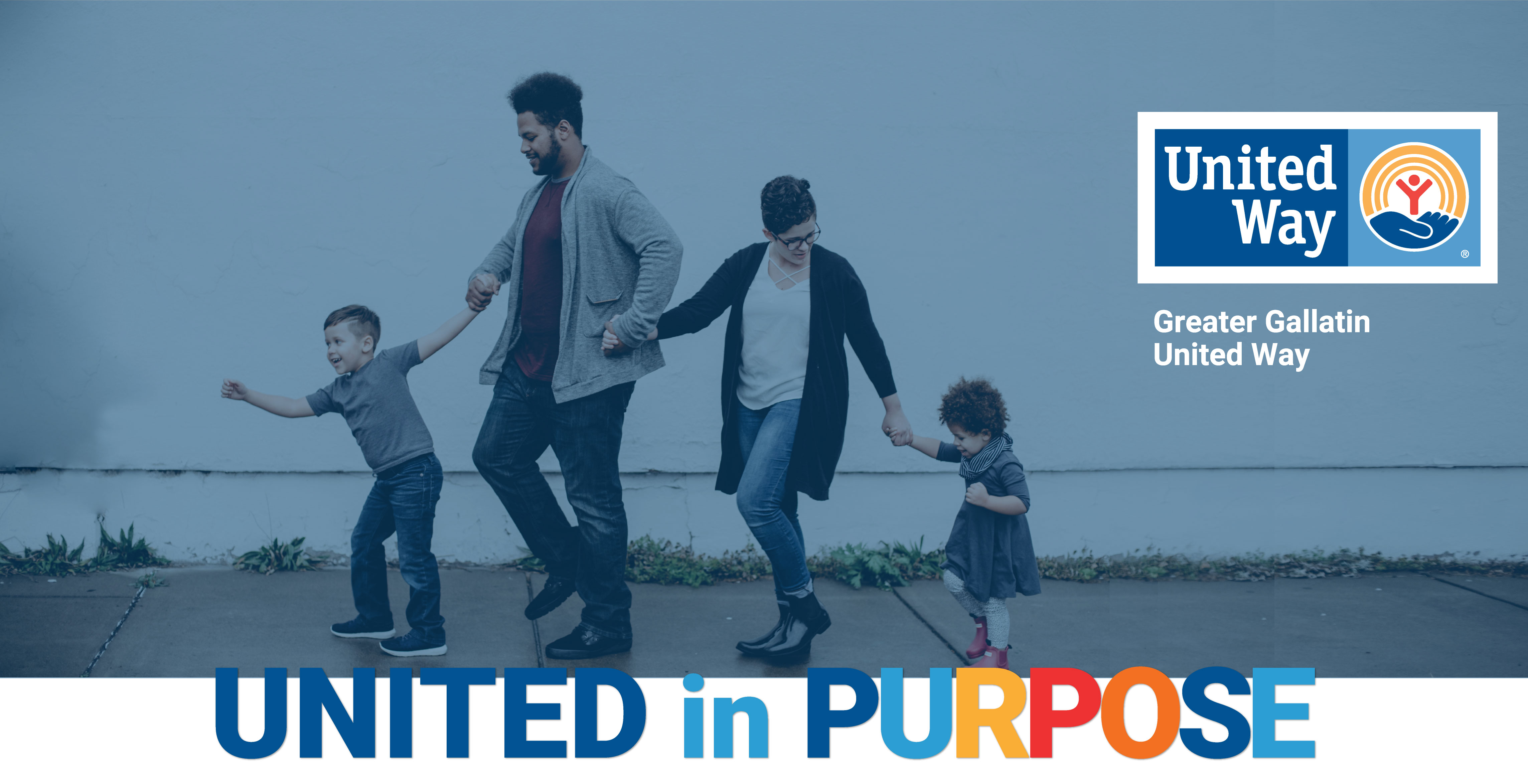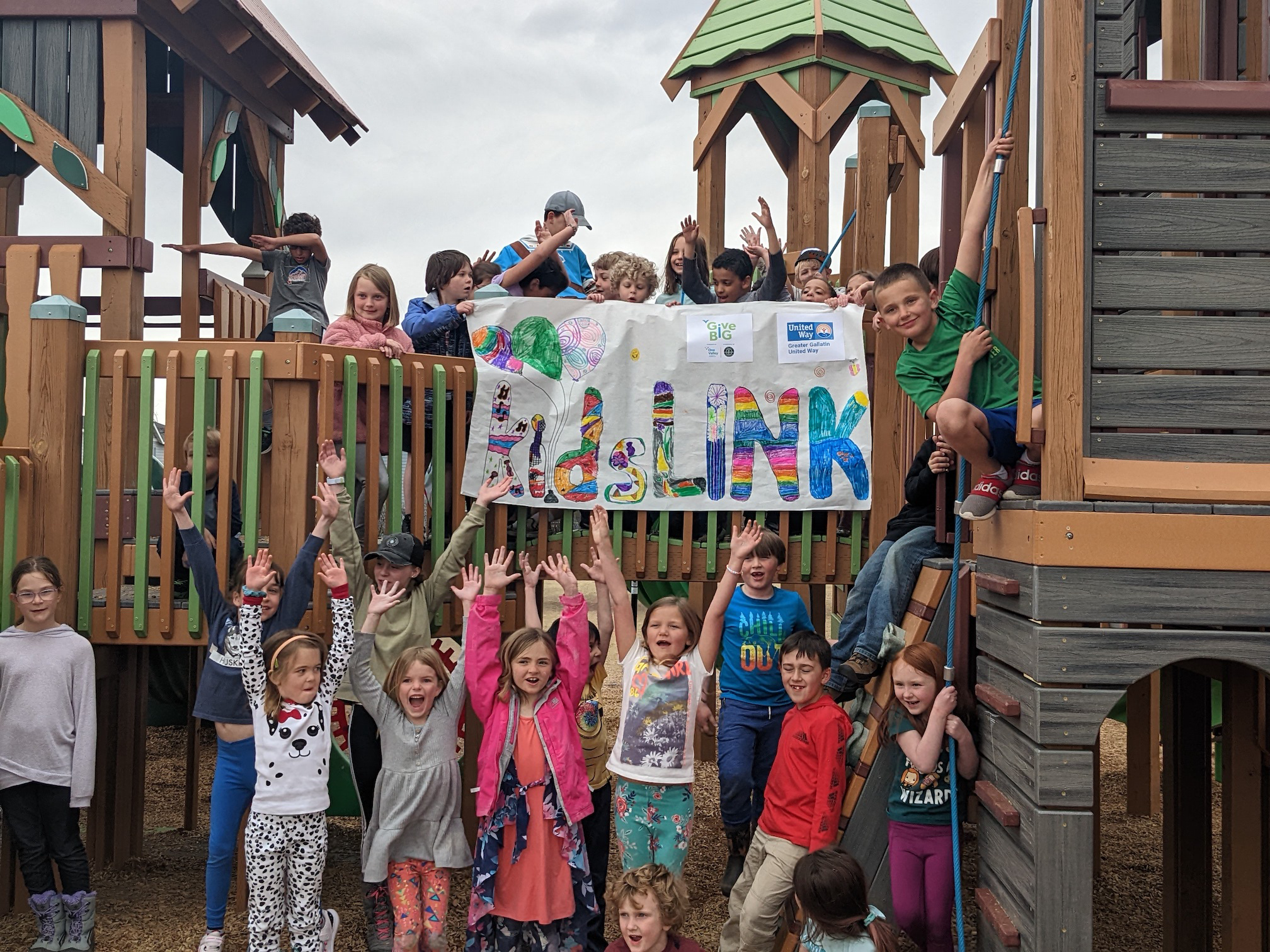A note from our AmeriCorps VISTA, Kali Foley:
I have been busy immersing myself in the Gallatin Valley Food Bank with weekly volunteer shifts, the MIJA and Bienvenido organizations, and the Migrant Coordination Committee, here in Bozeman. I have been observing and identifying barriers to food access amongst the Hispanic and Latinx communities, with the help of community organizations that have long been working with this demographic. Several co-existing problems are contributing to food insecurity, and while we all are aware of the direct affect of the housing cost crisis, we are going to focus more on ethnic specific barriers, as lack of affordable housing affects everyone.
A primary barrier is language. There is a shortage of available Spanish speaking individuals to translate valuable services. The Gallatin Valley Food bank (GVFB), who served over 415 Hispanic individuals last year (many of them weekly), saw this need and have worked diligently to provide Spanish Speaking volunteers for intake services. They are now able to offer 2 Spanish speakers on 4 out of 5 days of their operations, improving the accessibility of their services for non-English speakers immensely. But the need is still there to provide easier access to resources for Spanish speakers across the area. The Montana Language Services can provide translation services in prearranged meeting appointments, but this cannot happen on an immediate basis. Community resource centers and advocates are in need of more Spanish speaking volunteers and staff to accommodate more clients and increased need.
The next most prominent barrier to food is sometimes the food itself that is offered. Many migrants are not used to cooking or eating the traditional American foods that are offered in emergency food packs, such as spaghetti, dry cereals, and peanut butter. So receipt of these items can often be a cumbersome task that impedes quick food relief. To help with this, I created a flyer for both the Foodbank and MIJA to use at Thanksgiving that pinpointed safety around handling a whole frozen bird, as well as some traditional Spanish recipes where the poultry meat could be substituted. I am also super excited to have facilitated a new relationship between the GVFB and El Mercardito, the Spanish market in town, and look forward to this new addition to the GVFB food recovery route. This will hopefully increase the amount of ethnically diverse foods being stocked on the shelves. My personal goal is to acquire funding and resources to have a permanent "Ethnic Foods" shelf at the food bank, which I believe will lead to greater capacity of Hispanic clients.
The other projects I am working on are helping to update and delineate migrant available resources on the Montana 2-1-1 website, obtaining funding for MIJA through the Emergency Food and Shelter Humanitarian Relief Grant, and helping to build the new Migrant Coordination Committee agency facing website. I will also be attending the Spanish Health Fair at MSU next week and distributing GGUW/GVFB resources as well as donated ethnic food welcome bags that I will procure/package and distribute! I have also signed up for Spanish language classes in hopes that I can further my value as a Spanish speaking resource for local non-profits.
Thank you for your continued support!


